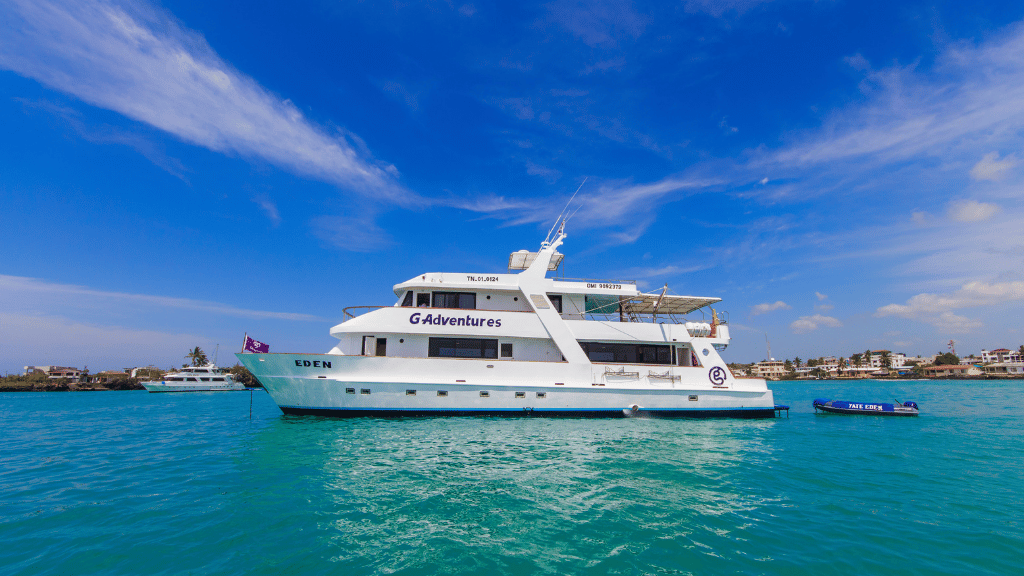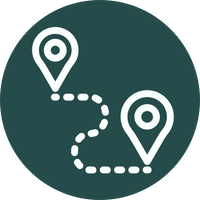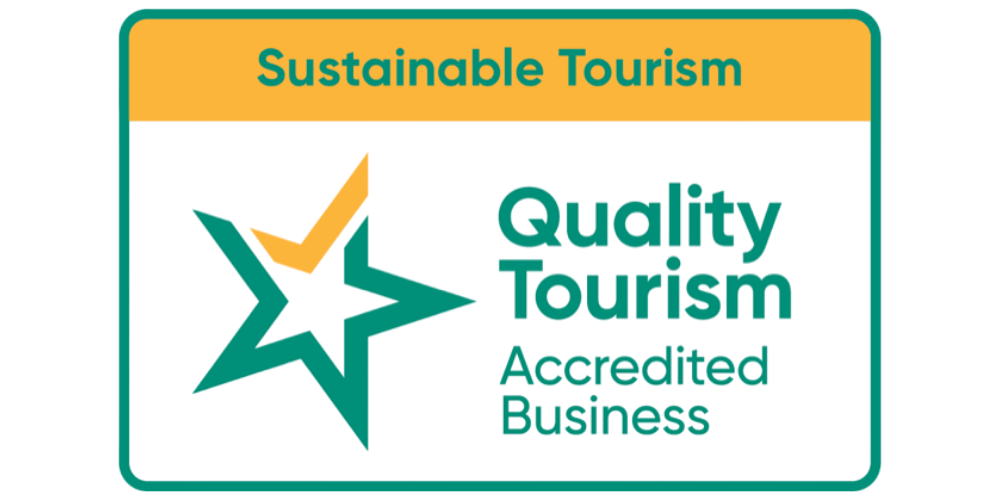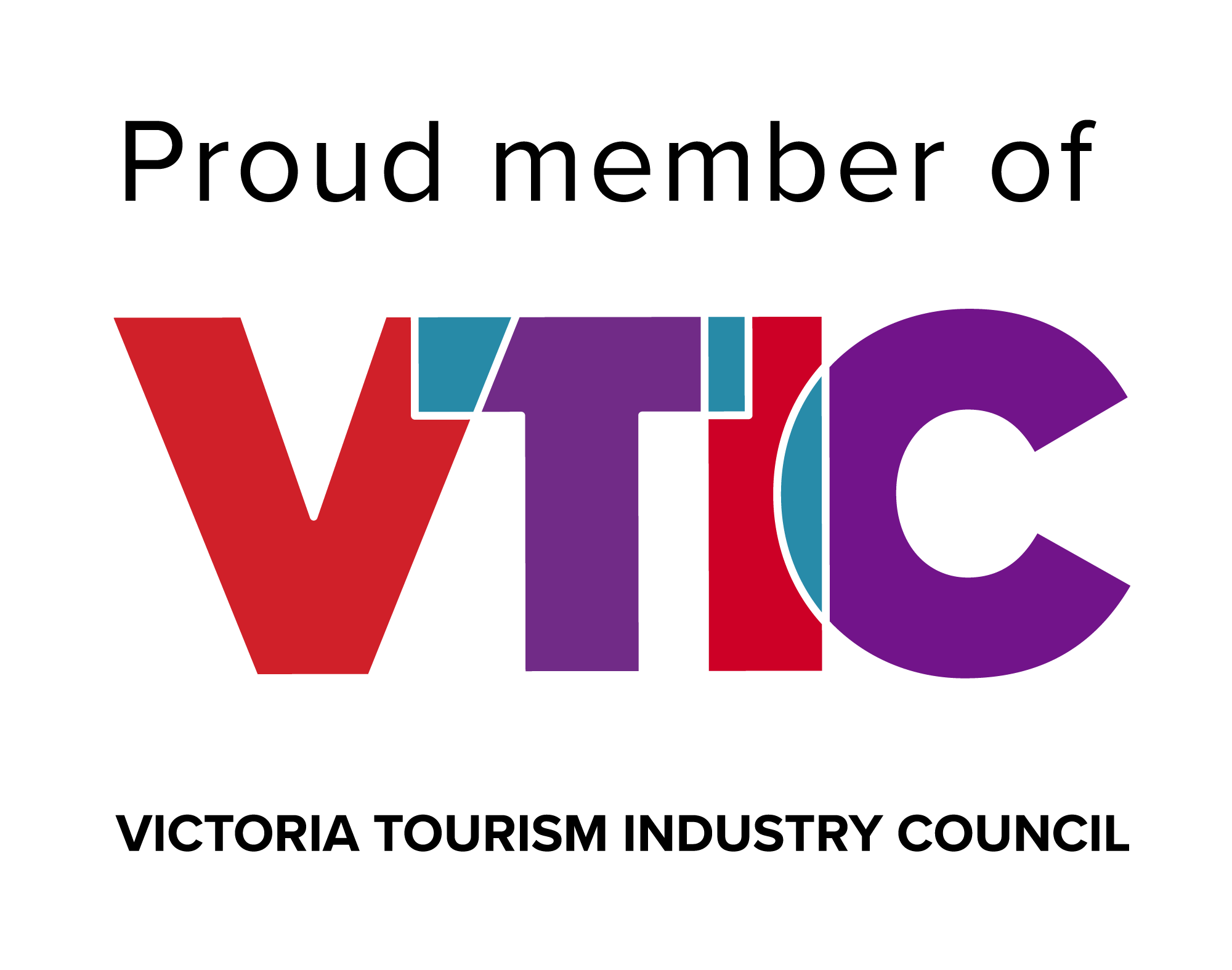Can dietary requirements be accommodated?
Generally yes with advance notice (vegetarian, vegan, gluten-light). Choice is simpler on board than in cities.
Is snorkel gear provided? Do I need a wetsuit?
Yes—mask/snorkel/fins and wetsuits are provided on board. Water can be cool (especially Jun–Nov), so most guests use a shorty; bring your own mask if you’re particular about fit.
How choppy are the crossings—should I bring motion relief?
The west (Isabela/Fernandina) can be breezy with some chop. If prone to seasickness, bring preferred motion-relief (tablets/bands).
What are wet and dry landings?
A wet landing means stepping into ankle-to-knee-deep water from the panga; dry means onto rocks or a dock. Wear reef shoes or sandals you don’t mind getting wet.
What are the luggage limits?
Domestic flights usually allow 23 kg checked + 10 kg carry-on. Cabins are compact—soft duffels stow best. Extra luggage can generally be left at the Quito hotel.
Is there Wi-Fi or mobile coverage on the yacht?
Assume no Wi-Fi at sea and spotty mobile coverage. Download essentials before departure.
How do payments work on board (bar, extras)?
Plan for cash (USD) for bar tabs and extras; card facilities are limited or unavailable on most vessels and islands.
Can I choose my specific cabin?
Cabin allocation is first-come, first-served and can’t be guaranteed. All cabins have private bathrooms; layout and window size vary.
Is solo travel supported? Can I get my own room?
Solo travellers are paired by gender in twin/multi-share by default. A “My Own Room/Cabin” supplement may be available—request at booking.
Are drones allowed?
No. Drones are prohibited in the National Park without special permits; fines apply.
Is travel insurance required?
Yes—mandatory, with medical, evacuation, and repatriation coverage (min USD $200,000). Proof may be requested on arrival to Ecuador.
How much should I budget for tips?
Tipping is customary. As a guideline: USD $7–10 pp/day for the CEO/naturalist and USD $10–15 pp/day for the ship’s crew, given in envelopes on the final night.
Any biosecurity or conservation rules I should know?
Yes—expect bag checks for seeds/foods, keep 2 m from wildlife, stay on marked trails, no feeding/flash photography where restricted, and follow your guide’s briefings.
What about safety on hikes and snorkels?
Always follow guide instructions, watch footing on jagged lava, and enter the water only when briefed. Some snorkels are in open water with ladder re-entry to the panga.
Is scuba diving included?
No—this voyage focuses on snorkelling and guided shore excursions. Scuba isn’t part of the standard program.
What’s Quito like at the start/end? Is altitude a concern?
Quito sits at ~2,850 m. Many travellers feel fine; take it easy on arrival day, drink water, and avoid heavy meals or alcohol before the early flight to the islands.

































































